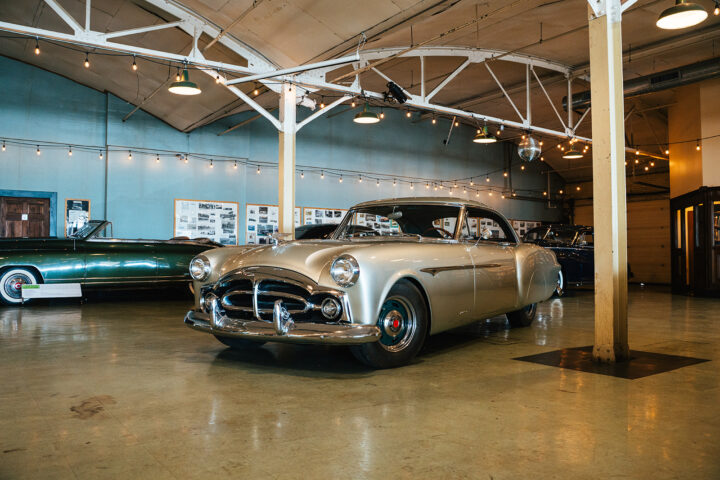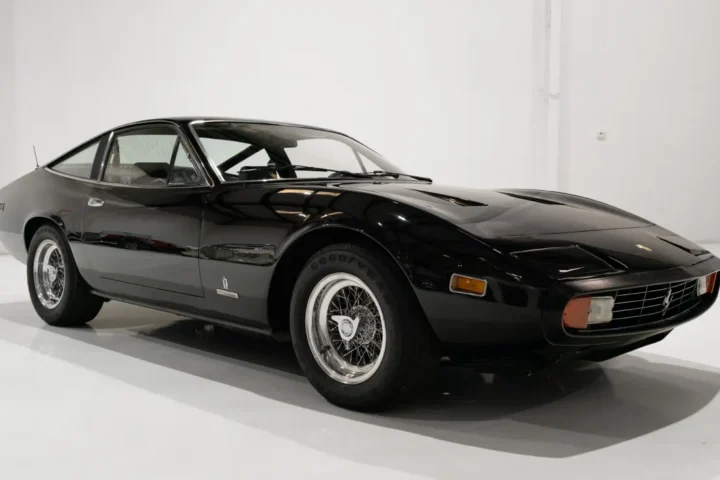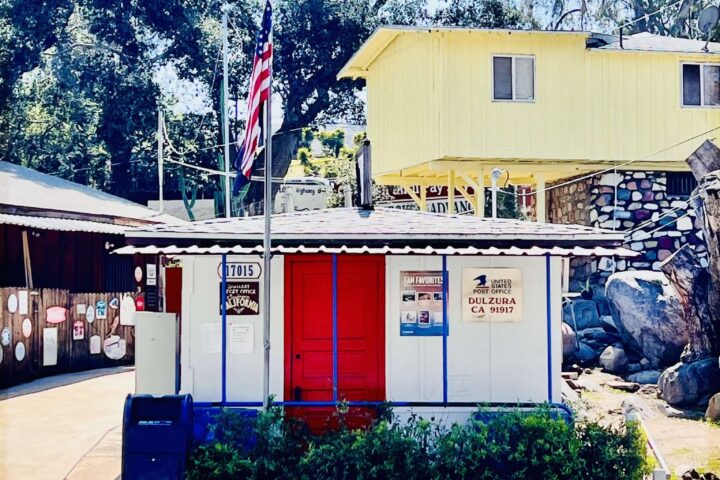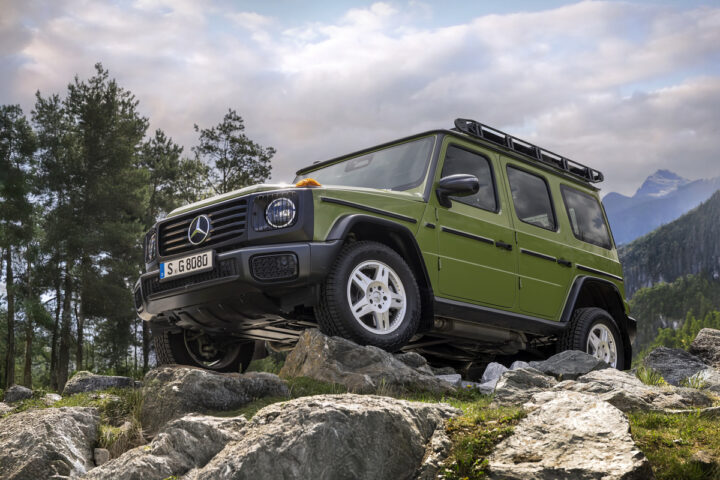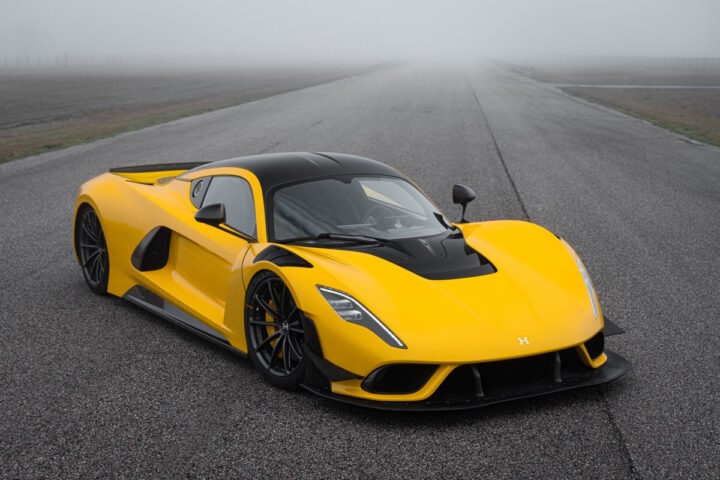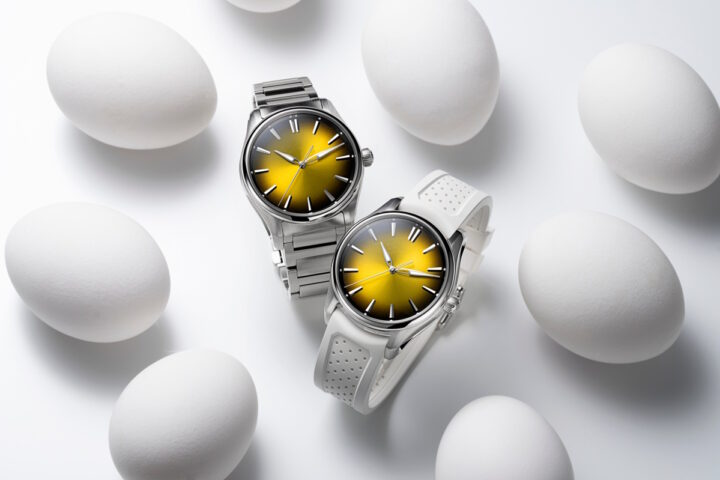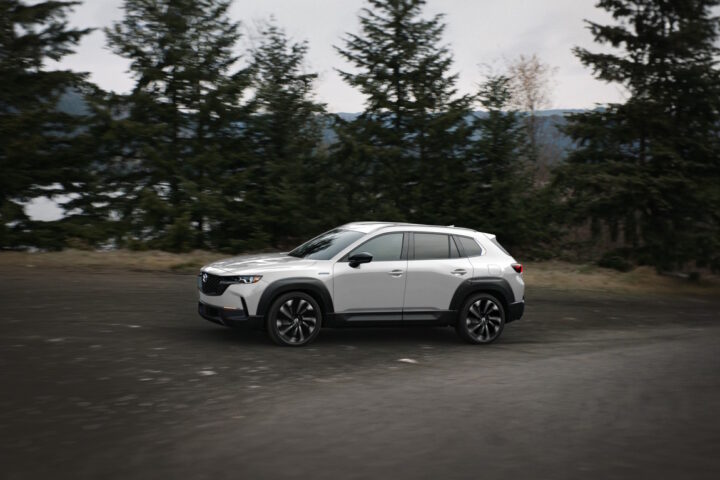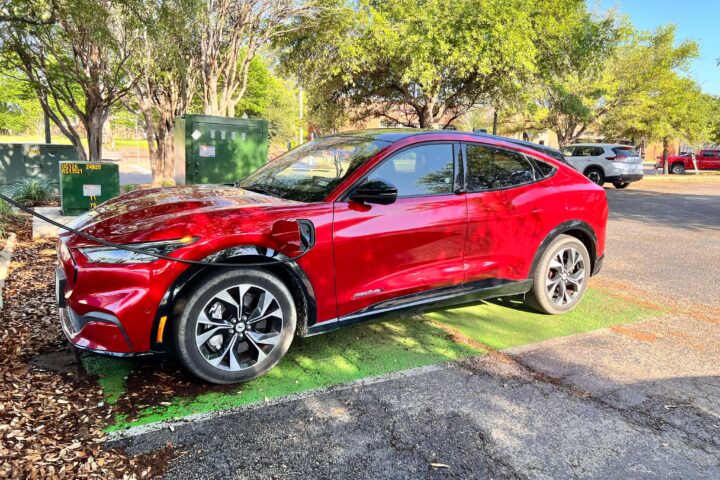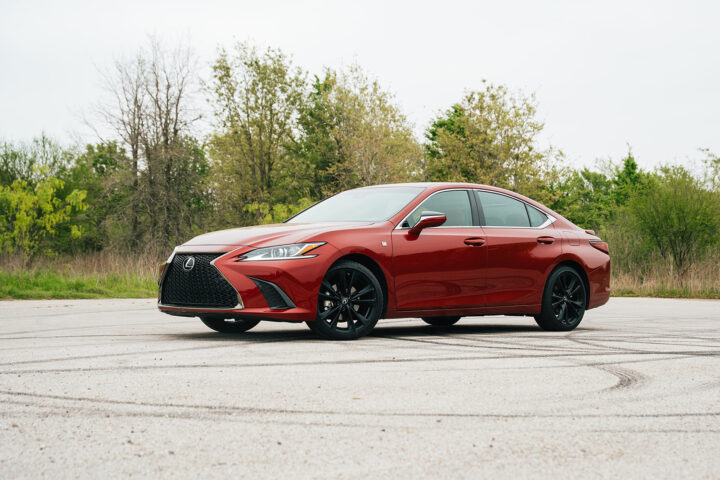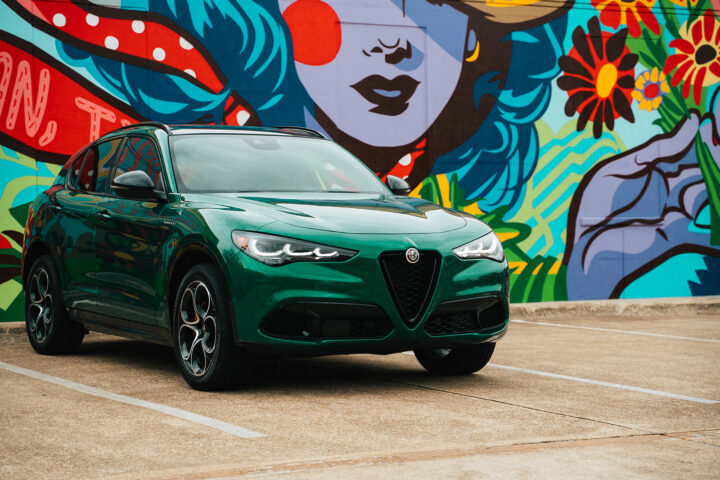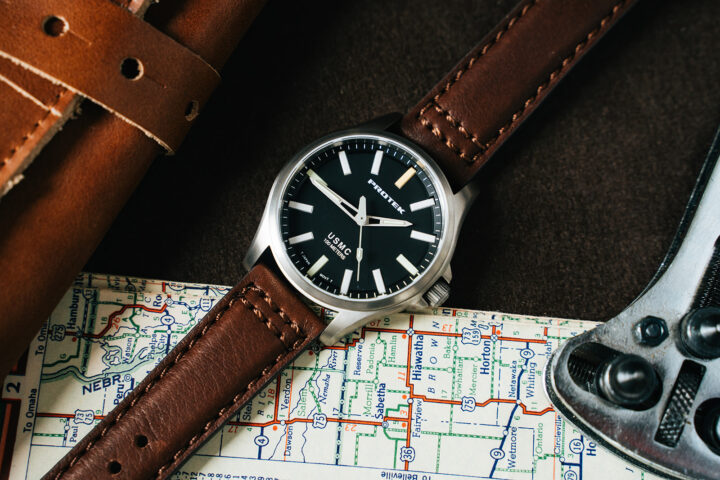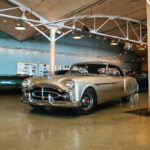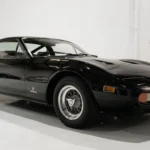by Michael Satterfield – Photos by Lucas Kepner – 07/30/2024
When it comes to classic cars, the devil is in the details. Enthusiasts know that authenticity and craftsmanship can make or break the restoration or customization of a classic car or truck. For over half a century, Distinctive Industries has been the gold standard in automotive upholstery restoration, manufacturing reproduction interior products that bring classic cars back to their former glory. Founded in 1969 in California, Distinctive Industries has grown from a small operation into one of the largest manufacturers of interior products in the automotive restoration industry. To understand the magic behind their work, Lucas and I traveled to Ensenada, Mexico, to visit their factory and see how interiors for some of the most popular collector cars on the market are made.
Distinctive Industries was established during the muscle car era when the demand for high-quality restoration parts began rising. The company quickly made a name for itself by producing top-notch upholstery that met or exceeded the manufacturers’ original specifications. Over the years, Distinctive Industries expanded its product line to include interior kits for a wide range of classic American cars, from Mustangs and Camaros to Chevelles and GTOs. Distinctive also makes interiors for popular imports like Datsun, Volkswagen, and even DeTomaso; however, it produces many of the import products exclusively for specific retailers.
The company’s commitment to quality is evident in every stitch and seam of its products. Distinctive Industries prides itself on using the best materials available, including automotive-grade vinyl, leather, and fabric, to ensure its interiors look great and last just as long as the original upholstery it is replacing.
Our journey to Ensenada began after landing in San Diego and picking up what might be the roughest rental car in the world, a 2018 Volkswagen Jetta with mismatched paint and window switches that didn’t work. Still, it was what Budget Rental Car would allow us to take to Baja. The drive down the picturesque Baja California coast is always amazing; as we approached the city, we were flagged down by Federal Police, who wanted to search our car, the Pacific Ocean glistening in the distance, the sun dancing on the barrels of their M16s. I enjoyed watching the worried look on Lucas’ face. This was his first international trip, and he didn’t know that armed military searching your car is pretty common in Baja. We would head straight to the main factory, in an industrial park just a few miles from the coast on the city’s north end.
.jpg) |
| Original reproduction seats and custom sports seats by Distinctive Industries |
Upon arrival, I was greeted by Tony, the plant manager, who had been with the company for years. Tony’s passion for his work was immediately apparent as he explained the various stages of the production process. “Every piece we make is a tribute to the original craftsmanship of these classic cars,” he said. “We take great pride in ensuring that our products are as close to the originals as possible.”
The factory floor was a hive of activity, with skilled artisans working at various stations, each dedicated to a specific aspect of the production process. The first step in creating a reproduction interior is to source the correct materials. Distinctive Industries goes to great lengths to find materials that match the original specifications, often working with suppliers specializing in vintage automotive fabrics and leathers. One of the largest sections of the factory is the warehouse, where rolls and rolls of materials are waiting to head to the cutting room.
Once the materials are procured, they are carefully inspected for quality and consistency. “We reject materials that don’t meet our standards,” Tony explained. “It’s better to take the time to double-check the materials than to compromise on quality.”
The next stage is cutting. The materials are cut to precise patterns based on original factory blueprints using traditional and modern methods. Computer-controlled cutting machines ensure accuracy, while skilled craftsmen handle the more intricate cuts by hand. This combination of technology and artisanal skill is a hallmark of Distinctive Industries’ approach.
One of the most impressive aspects of the factory was the stitching department, where rows of industrial sewing machines hummed with activity. Here, experienced sewers meticulously stitch each piece of upholstery, paying close attention to the details that make each car unique. No detail is too small to be overlooked, whether it’s the distinctive piping on a Mustang seat or the complex stitching pattern on a Camaro door panel.
Once the pieces are stitched together, they move on to the assembly stage. The upholstery is carefully fitted to the seats, door panels, and other interior components. This process requires high precision, as even the smallest misalignment can affect the final fit and finish. The assembled pieces are then inspected for quality, with any imperfections being corrected before the interiors are packed and shipped to Distinctive Industries retailers worldwide.
As we walked through the factory, I was struck by the level of detail that goes into each step of the production process. From the selection of materials to the final inspection, every aspect of the process is designed to ensure that the finished product is of the highest quality.
In addition to its standard product line, Distinctive Industries offers a range of custom products for creating a truly unique interior, from their new line of CTX seats, which offer bolt-in upgrades for classic trucks, to private label products for retailers in special materials, Distinctive offers bolt-in custom solutions for classic car owners looking to upgrade their classic cars or trucks.
But it is so much more than just cutting and sewing; there is an entire team of woodworkers and metal crafters who shape seat frames and console lids, a team dedicated to producing seat foam, a research and development team who are producing prototypes of new products or test fitting first samples to make sure they are correct.
 |
| OEM Truck Seat with Distinctive Industries upholstery and complete bolt in CTX Truck Seat both come out of the same factory |
While Distinctive Industries’ technology and processes are impressive, it’s the people behind the products that truly make the difference. Visiting the section of the factory where door panels receive their chrome or wood trim, usually the final process for those products, workers hand fit each piece of trim in a special jig before loading the panels into a machine which will use heat and pressure to seal the trim panels in place. The number of hands that are involved in building door panels would astonish most car collectors, as these can be some of the most ornate and complex pieces of an interior, and much of it has to be done, like it was back in the 1960s, by hand.
During my visit, I had the opportunity to speak with several employees, many of whom have been with the company for decades. Their passion for their work and dedication to quality were evident in every conversation. This sense of pride and commitment has allowed Distinctive Industries to thrive for over 50 years. By combining traditional craftsmanship with modern technology, the company has managed to stay at the forefront of the industry while maintaining the high standards that have defined its brand.
While we visited the product development area, the team hinted at some exciting new things that would be coming soon, including collaborations with other major players in the classic car world and several new products in development. The company constantly invests in new technology and expands its product line to include interiors for a wider range of vehicles.
Most consumers will never see the inside of a factory like this; they simply go online and order a set of upholstery for their classic car or drop their vehicle off at the local upholstery shop where a set of Distinctive Industries upholstery will be installed. But the reality is that behind each of those restorations are dozens of people, from the product development team that researches and sources materials to the production team that cuts and sews it to the retailers that distribute products. It is an amazing group of people who are dedicated to keeping classic cars and trucks on the road.
As we left the factory and headed to our hotel along the beach, I couldn’t help but feel a renewed appreciation for the artistry and dedication that goes into restoring classic cars. Having grown up in the industry, I have seen the warehouses of finished products, but seeing the men and women who produce all of it firsthand gave me a newfound appreciation for just how easy it is for us on the retail end to restore the cars and trucks we love.
We worked with Distinctive Industries to coordinate our visit and tour the factory, but all opinions are those of the author.

.jpg)
.jpg)



.jpg)
.jpg)
.jpg)
.jpg)
